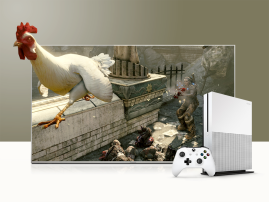VR’s big week: the 7 stories that showed the future of virtual reality
Headset-based entertainment dominated last week's major events: here's everything you need to know
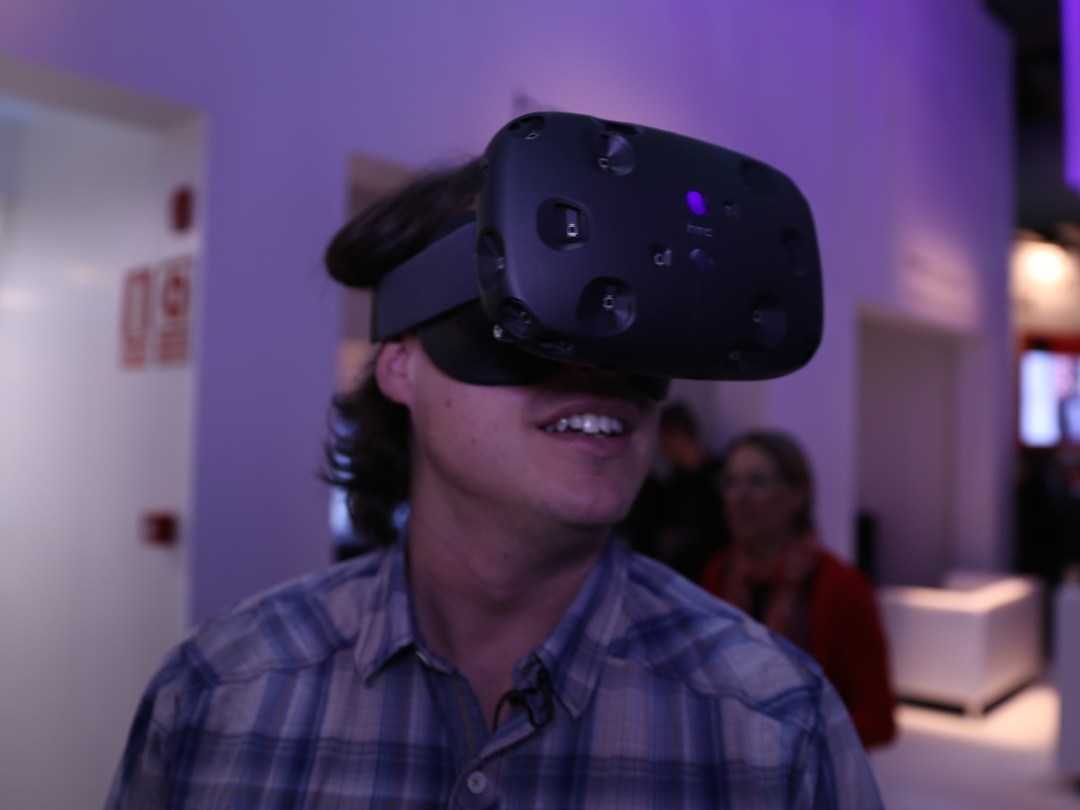
We all know about the Oculus Rift, but just because that upstart resuscitated interest in virtual reality, gained cred via Kickstarter, and now has the immense funding of Facebook, it doesn’t mean it’s the only player in the VR market.
Far from it in fact – and last week cemented that realisation in a matter of days. Mobile World Conference raged in Barcelona while the Game Developers Conference started up in San Francisco, but they were united in one respect: all anyone could talk about was VR, and that’s thanks to a slew of announcements and demos.
Whether it’s Valve teaming up with HTC for the most impressive headset to date, Samsung’s bigger commitment to phone-based VR, or major moves being made on the software side, it’s clear that a lot of big tech players see the massive upside in getting in on this sensation.
Here are the seven stories from last week that showed just how amazing VR is about to get.
The HTC Vive is next-level VR
It’s huge, huge news that the Steam gaming service is getting into the market with SteamVR, although we were surprised to see that Valve’s first partner in that area is HTC, which showed off its Vive headset alongside the HTC One M9.
Also surprising: it’s utterly, fantastically amazing. Be sure to read (and watch) our hands-on review for our initial take on the still-early hardware, but the stunning imagery paired with the ability to walk around your environment – thanks to laser trackers that pinpoint the position of your headset and the two motion controllers – makes everything much more immersive.
To quote our own Tom Parsons, who had the pleasure of playing Vive at MWC, "I’ve been completely blown away by it."
Project Morpheus is much improved
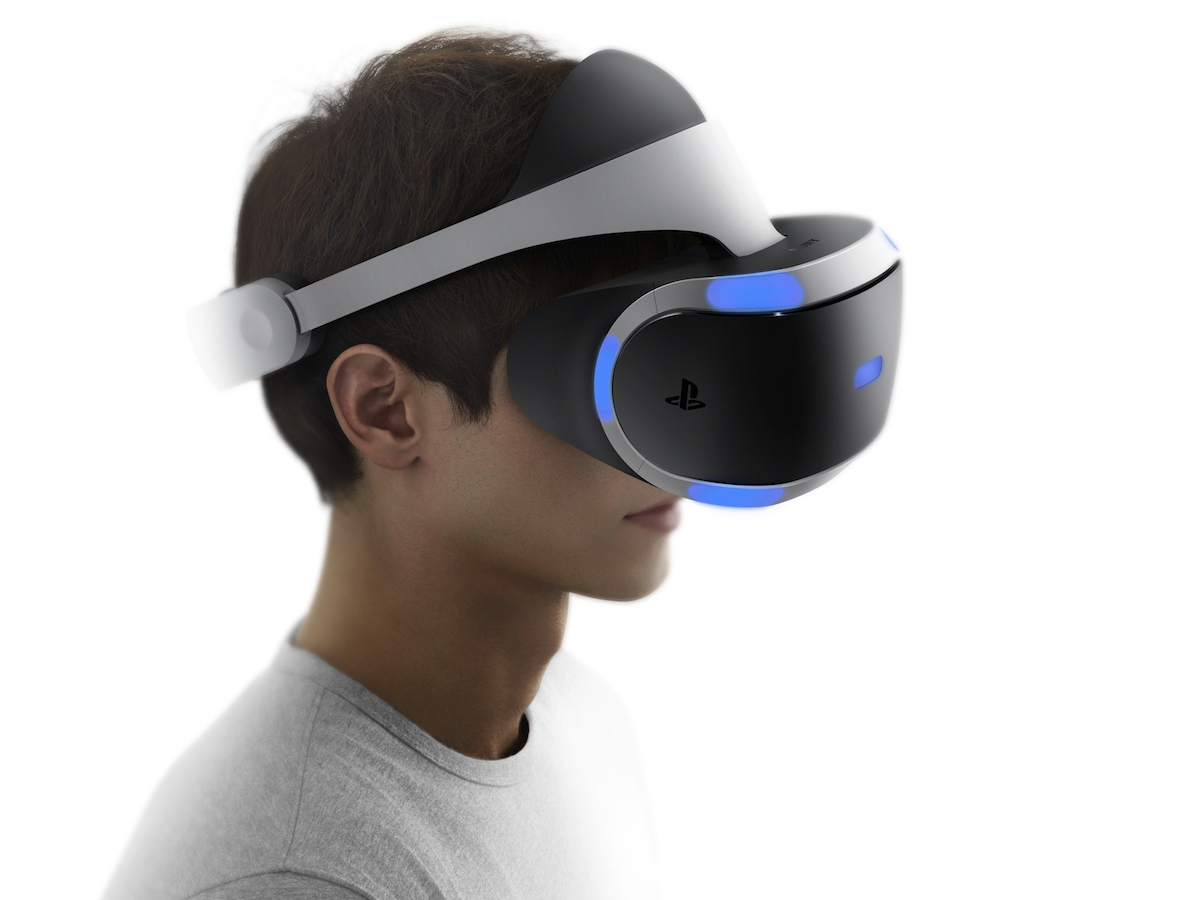
Because it works with a PlayStation 4 – and more than 20 million of those have been sold in less than a year and a half – Sony’s Project Morpheus has one of the best chances of mainstream success amongst the current crop of headsets.
Last week, Sony committed to releasing the device in the first half of 2016, and revealed a set of improvements to the tech.
With a speedy 120Hz refresh rate, the headset is less likely to cause motion sickness, plus the 100-degree field of vision on the newly upgraded 5.7in OLED display (running at 1920×1080) ought to deliver amazing visuals.
Additionally, the headset design was reworked to be smaller and more comfortable, and it has 50% more LEDs for the PlayStation Camera to track, which means more accurate gaming.
Gear VR gets some new brains
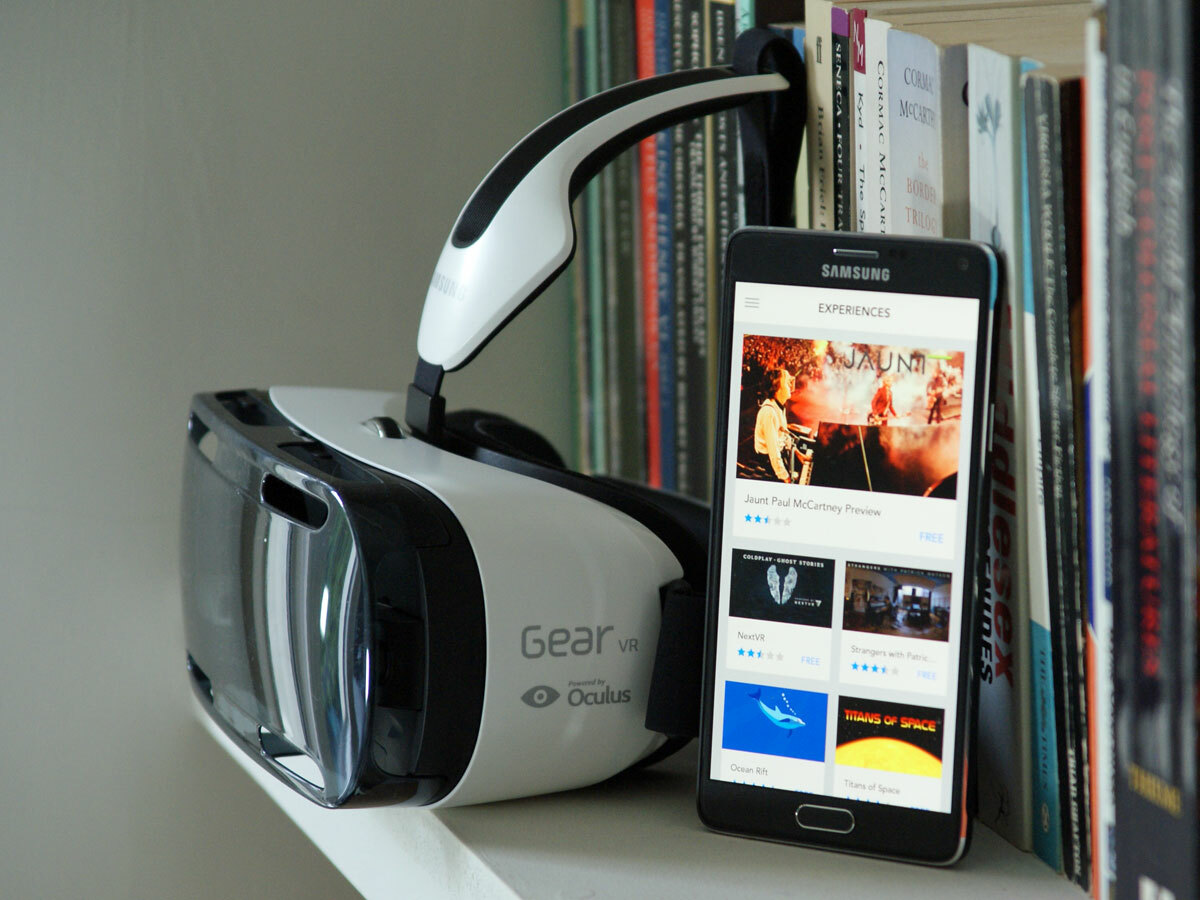
Samsung’s Gear VR didn’t have the most convincing start, thanks to the lack of premium apps and the "hey, no promises" Innovator Edition tag, but the biggest limitation came with the fact that it was only designed to work with a single phone: the Galaxy Note 4.
But with the announcement of the Galaxy S6 and S6 Edge last week came word that Samsung will give its smartphone-based platform another shot with a new edition of the Gear VR designed to work with both phones.
It’s a little smaller in size, but the phones have slightly crisper screens than the Note 4, and collectively are certain to sell a lot more units. So the potential user pool is about to massively expand.
YOU MIGHT ALSO LIKE › Samsung Galaxy S6 Edge hands-on review
And Gear VR gets paid apps too
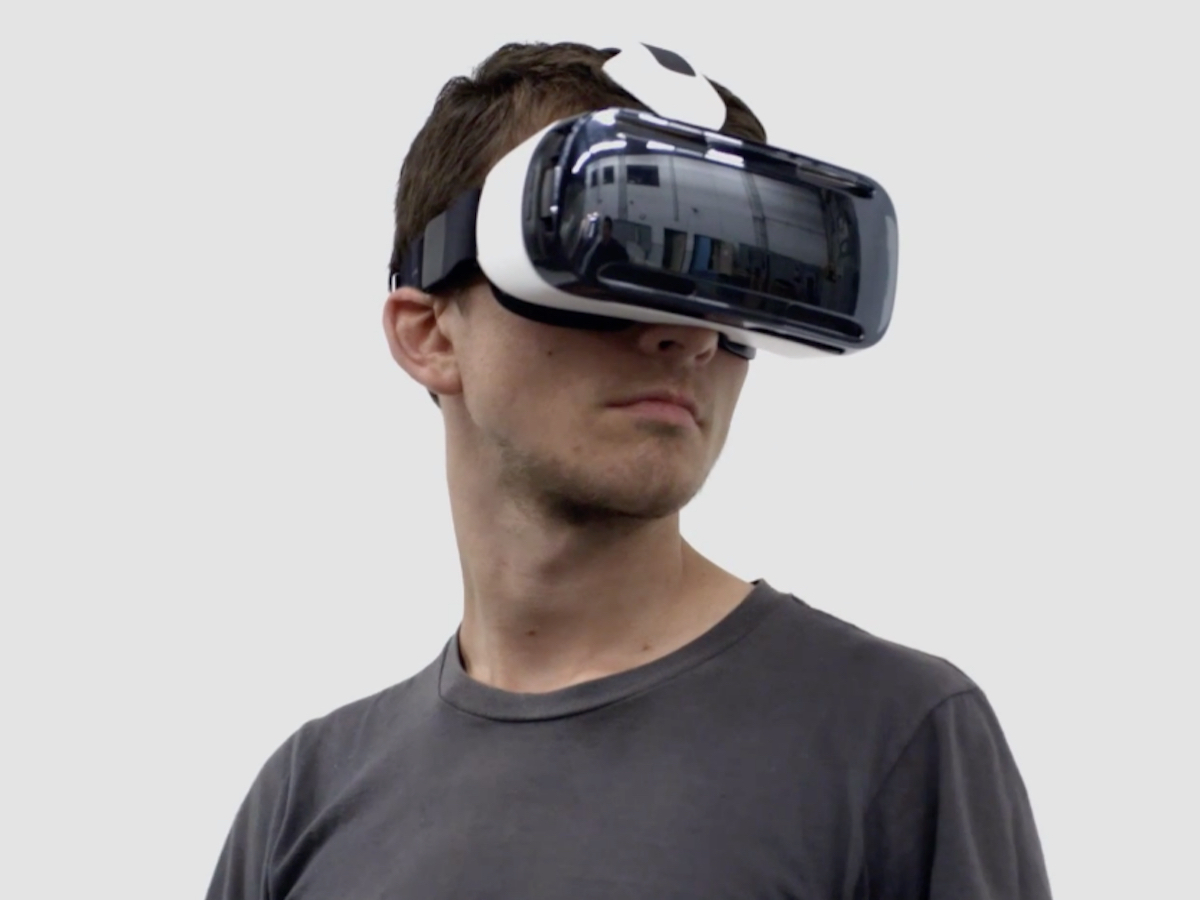
That note in the last section about the lack of premium apps on the Gear VR? It’s no longer a problem, thanks to last week’s launch of paid content in the Oculus store for the device.
That means developers can finally be paid for their work, which means they’ll be more inclined to actually release it. Shocking, right?
It’s only a "preview of commerce" at this point, says Oculus, but that’s because the feature is still rolling out worldwide. Also, Samsung says it’ll put a big marketing push behind the Gear VR this autumn, which means it’ll likely lose the Innovator Edition tag and be branded a proper consumer product. Which it already is, but dropping that "beta testing" stigma can only help its chances out there.
Google working on Android for VR
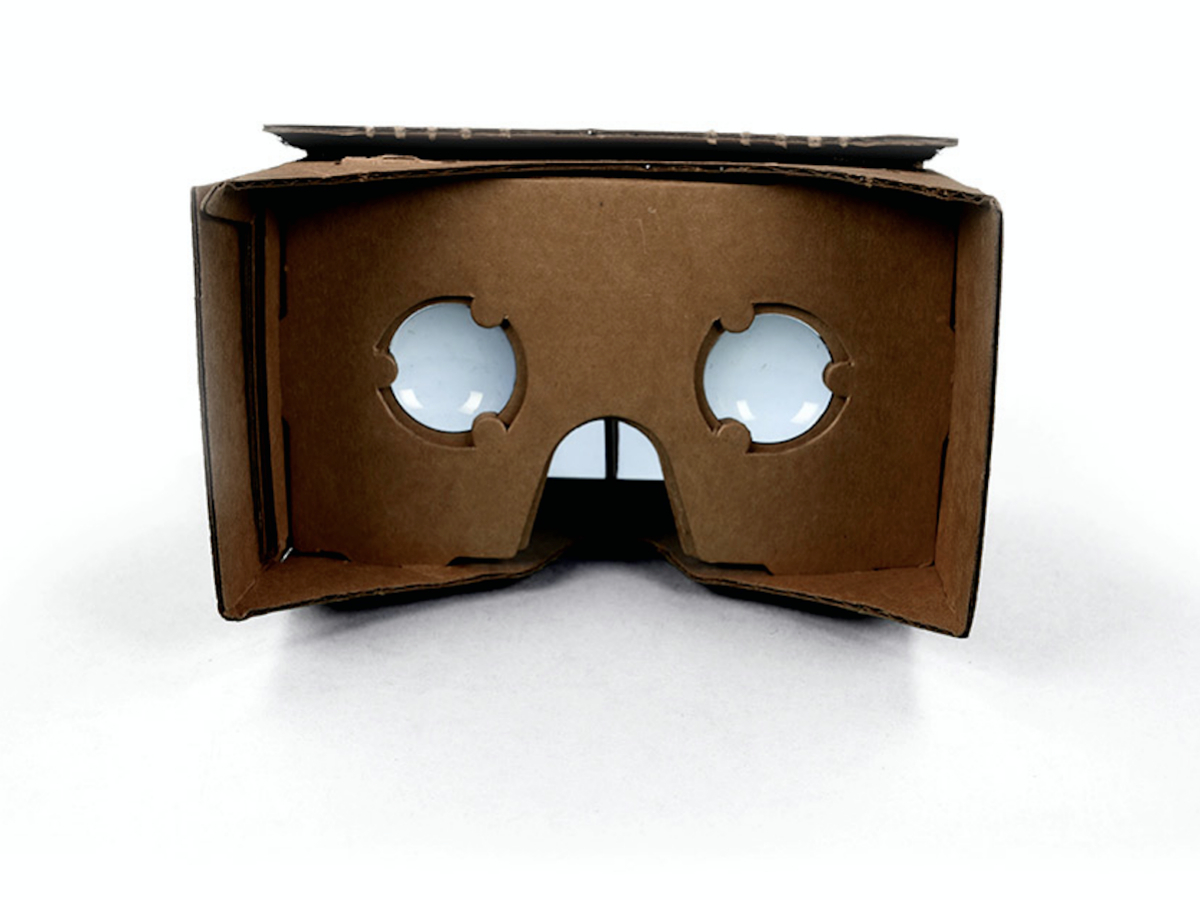
This bit of news didn’t surface from one of last week’s big events, but the late Friday report that Google is actively working on a version of Android to support VR headsets is a pretty major revelation.
Right now, Google’s claim to VR fame is Cardboard (shown), the do-it-yourself headset that works with your Android phone, but it sounds like the next step is creating a full-fledged version of the open OS to power dedicated virtual reality hardware (likely from other companies).
It’s just a report for now; nothing’s official. But if true, it shows that even the most powerful companies on the planet are vying to get in on the VR craze.
AMD’s making VR easier to use (and better)
As with traditional gaming, VR use on a PC tosses up more variables than doing so with a fixed platform (such as a console). But AMD recently vowed to do its part to make things better for VR users running its computer hardware, thanks to the announcement of LiquidVR.
LiquidVR is a software package that seeks to minimise latency issues, so you get a smoother (and less queasy) headset experience, plus it improves head tracking for compatible headsets and delivers more of a plug-and-play experience.
Oculus offered a thumbs-up for AMD’s tech, so it sounds like it could be a pretty meaningful enhancement for AMD hardware owners. An SDK is available for developers to start making their VR hardware and experiences compatible.
Big experiences are coming

Hardware is obviously important with virtual reality, but it’s the experiences that’ll really sell you.
We heard raves about the heist demo prepared for Sony’s Project Morpheus this time around, as well as the underwater and even cooking (yes, cooking) demos used to show off HTC’s Vive.
And big entertainment companies are getting into VR, as well. A Hobbit-inspired experience designed by Weta Digital and Epic Games put you face to face with Smaug, the fire-breathing dragon from the film adaptations of J.R.R. Tolkien’s fantasy book series.
The demo was shown on the latest Oculus Rift prototype, and it drew lots of chatter for its immersiveness. Expect a lot more of these glossy, high- end experiences as VR really enters the mainstream.
YOU MIGHT ALSO LIKE › The 6 most exciting things (that weren’t phones) we saw at MWC 2015

